The Turning Point in a Pilot’s Journey
2025-07-10-06-28-58.jpeg)
Dirgha Raj Upadhyay
They say anyone can dream of flying, but only a pilot has the courage to actually take flight.
Courage alone doesn’t make everyone a pilot. Only a rare few ever see their dreams come true. Sunil Shakya was one of those rare individuals—not only did he dream of flying, he turned that dream into reality.
During the Rana era, Siddhi Bahadur Shakya was a well-known gold trader in Ason, Kathmandu—then a major center of commerce. A native Newar of Ason, Siddhi held such influence that, in a time when even salt was scarce, he was the one who set the price of gold. He had two sons, one of them named Karna.
Karna, educated in Dehradun, spent a few years working in the Forest Department. But he soon lost interest in government service and turned to tourism. In 1968, he opened Kathmandu Guest House in Thamel—marking the birth of the KGH Group.
Karna had four children with his first wife, Sanochhori Shakya. The eldest, Sunil, was born in 1962, followed by a younger brother and two sisters. After the passing of his first wife, Karna married again—this time to an American woman.
Sunil joined St. Xavier’s School in grade two and completed his SLC there. He went on to finish his I.Sc. from Tri-Chandra College. In 1981, he traveled to Canada to pursue a pilot course, which he completed in just 16 months before returning to Nepal.
In 1983, he joined the then Royal Nepal Airlines Corporation as a trainee pilot. After some time, he was promoted to co-pilot, and eventually became a full-fledged pilot.
At the time, the airline had nine Twin Otters and two HS 748s (Avros). Sunil flew to Biratnagar on non-scheduled routes, as well as to challenging trunk routes like Lukla and Manang—both known for their difficulty.
One base was in Nepalgunj, the other in Biratnagar. From Nepalgunj, flights operated to the Far and Mid-Western regions—places like Simikot, Bajura, Sanfebagar, Doti, Bajhang, and Mahendranagar. They also flew to remote areas such as Dolpa, Dang, and Chaurjahari in Rukum.
The flight from Kathmandu to Dhangadhi took around two hours. Before taking their place in the cockpit, pilots would make sure to use the bathroom—since many remote airports in the Far-Western region didn’t have restroom facilities.
The moon seen from the earth—the very moon that inspired so many dreams. The longing to fly close enough to touch it, to see the marks on its surface up close. The promises made in youth to a loved one—to capture stars from the sky—does a pilot ever forget those vows? Or does that quiet desire to reach for the stars stay alive within the heart? These questions stirred deeply within a poet’s mind during a conversation with a pilot.
A dream of flying that took root in childhood—the dream of touching the sky without wings! Such a dream could only come true by becoming a pilot. They say the art of reaching the sky without wings belongs to pilots, where every flight is a blend of confidence and discipline.
No one in his family wanted him to become a pilot. His grandmother, father, and wife were all opposed. But he was determined, and his stubbornness couldn’t be shaken. In the end, his father sent him to Canada to pursue pilot training.
Born in Kathmandu, he longed to see all of Nepal—even the most remote corners. He wanted to witness the hardships, challenges, poverty, nature, beauty, struggles, problems, and culture—the whole tapestry of the country. That desire was fulfilled when his aerial journeys began.
His day started at five in the morning. After signing the flight papers, he climbed into the cockpit, flew the waiting passengers to their destination, and returned. In Simikot and Dolpa, strong winds picked up after 10 a.m., so flights to those areas took off early in the morning. Afternoons were reserved for flights to Jumla, often continuing until four or five o’clock, followed by time to rest.
In the words of Captain Deepak Pokharel, “The dream of becoming a pilot is not just about flying in the sky—it’s a journey of responsibility and patience.”
He embodied both. Every day, hundreds of lives were in his hands, and safely delivering passengers to their destinations was his solemn duty.
Monsoon season. The Himalayas, hills, and plains—all swallowed by thick, heavy fog that blocked the view far ahead. The plane disappeared into dense clouds, lost within the mist and haze where nothing could be seen, no matter how hard you looked. For a moment, a sense of unease settled in. But gradually, the same sky, fog, and mist began to feel almost routine—familiar and normal.
Flying through the skies on a machine built by humans—accidents sometimes happened. The crash in Simikot, where he lost friends, left him shocked and shaken. But he never let fear take hold. He kept flying, took greater care, stayed vigilant, and carried on with his flights.
A strange feeling—part fear, part thrill. A land beyond the clouds, a dream full of wonder. Dreams have no feet, and to fly, wings aren’t necessary. He flew freely, without restraint.
He flew over Ilam, then over Bajhang. And he couldn’t help but compare—why hadn’t Bajhang become like Ilam? The same landscape, the same distance from Kathmandu, yet such a stark gap in development and prosperity. He wondered, when will Bajhang catch up?
He wasn’t just a pilot. He was a citizen at heart—and within that citizen lived a deep love for his country. Yes, he flew planes, earned a salary, did his job. But life, he believed, was more than that.
Karnali ached within him. So did the Kali River. He had both eyes and a heart—filled with sensitivity, awareness, and emotion. But more than anything, he had love.
.jpeg)
 (During a cross-country flight, Pilot Shakya made his first landing at Teterboro Airport in New York City.)
(During a cross-country flight, Pilot Shakya made his first landing at Teterboro Airport in New York City.)
A one hour and 20-minute flight from Kathmandu took him to Nepalgunj, followed by a 40-minute flight to Dhangadhi. From there, he flew to Mahendranagar, then on to Bajhang—before retracing the same route back to Kathmandu.
Nature had given it everything—mountains, hills, forests, herbs, rivers. But there was no development. Muddy trails. Faces that looked like they hadn’t bathed in years—yet their eyes were pure and innocent. Back in Kathmandu, he would often wonder: why is the far western hill region still like this?
Flights from Bajhang to Kathmandu weren’t direct—they stopped in Nepalgunj to refuel and pick up more passengers before heading to the capital.
He spent ten years flying with Royal Nepal Airlines. For a time, he also flew with the United Nations, logging nearly 6,000 hours in the sky. At RNAC, he earned a salary of Rs. 45,000, while the UN paid him $1,000. During his time with the UN, he flew food supplies to remote areas like Simikot and Dolpa.
His father’s order was clear: “Enough flying. Come to work.”
He paused his flights and quietly followed in his father’s footsteps—into hotels and tourism.
For him, 1992 became a turning point in his dreams.
His father owned four hotels: Kathmandu Guest House, Club Himalaya, Ambassador, and Marco Polo.
.jpeg) (Photo: Pilot Shakya coordinating flight arrangements with the film crew from Hong Kong, who came to Jomsom to shoot the movie ‘Legend of Wisely.’)
(Photo: Pilot Shakya coordinating flight arrangements with the film crew from Hong Kong, who came to Jomsom to shoot the movie ‘Legend of Wisely.’)
He joined his father and brother in the hotel and tourism business. In 2002, Maya Manor Hotel was added to their portfolio. The childhood home in Hattisar was transformed into a boutique hotel. That same year, on September 17, they opened Park Village in Budhanilkantha—starting with 40 rooms, now expanded to 114.
On that very day, they also grew their Lumbini hotel from 17 rooms to 80.
Afterward, they opened Waterfront in Pokhara and Himalayan Front in Sarangkot. All the hotels under the KGH Group had his family’s investment. Divakarraj Karnikar joined as a partner in both Himalayan Front and Waterfront.
They added Maruni Century Lodge in Chitwan. Two years ago, they opened a heritage hotel in Patan, named KGH Patan Hotel. The KGH Group continues to expand its hotel ventures, with plans to open a hotel in Dapcha, Dhulikhel within the next two years.
The KGH Group has made a significant contribution to Nepal’s hotel and tourism industry. It is one of the oldest and most respected names in the sector.
KGH doesn’t sell rooms—they sell hospitality. With seven hotels, six hundred rooms, and seven hundred employees, they pride themselves on nurturing talent from within. “We don’t compromise on hospitality,” they say.
He believes the government has failed to understand the economics of tourism. According to him, tourism hasn’t flourished because the government couldn’t regulate supply and demand.
Unhealthy competition has gripped the hotel industry. Rooms that should be sold for $200 are being offered for just $40. He asks, “How can tourism move forward like this? How will businesses survive?”
He studied aviation and understood aircraft. He entered the hotel and tourism industry by experience. In his view, while Nepali hotels have partnered with international brands, they’re still struggling due to the limited growth of the tourism market.
With only one international airport, few international flights, and expensive airfare—he asks, how will tourists come? How will large hotels survive?
His formula to attract more tourists: start international flights from Pokhara and Bhairahawa—with affordable airfares.
Complicated visa processes, short visa durations, high airfares, and irregular flights—he identifies these as major reasons tourists aren’t coming in large numbers. As a solution, he suggests offering long-term, hassle-free visas like Malaysia and Sri Lanka do.
From a climate perspective, Kathmandu is paradise. When Delhi scorches at 40°C, Kathmandu sits comfortably at 15°C. “It’s not just our rooms,” he says, “even our skies are naturally air-conditioned.” Yet, that very sky is on the aviation blacklist. “How can tourists come,” he asks, “when even our skies are closed to them?”
.jpg)
It had been three decades since he last set foot in the Far West. Three years ago, he flew to Dhangadhi with his eldest daughter, Amy. "Wow, how much Dhangadhi Airport has changed!" he said with joy. The same airport where he had once made dozens of flights. The Far West he had seen from the cockpit—now, he was walking on that very ground as a passenger. “So much has changed,” he remarked.
He took a helicopter to Khaptad, gazing down at the landscape of the Far West—its hills, rivers, and valleys. Reflecting on the journey, he shared, “The Far West still feels untouched... almost virgin.”
He believes it’s not just the climate of the Far West that’s pure—the people are, too. “They’re organic,” he says, “untouched by chemicals.”
“We’ve lost so much because of a lack of clear policies, leadership, and vision. We chased away those we should have welcomed.” His message is clear: “It’s time to roll out the red carpet for foreign investors and tourists. We can’t afford any more delays.”
In 2015, he suffered a personal loss far greater than the devastation of the earthquake—that year, his wife Babita, who had survived a kidney transplant, passed away.
He has two daughters: the elder, Amritanjali (Amy), and the younger, Maya. Amy earned her BBA in Tourism and Hospitality from Switzerland and is now helping him run the hotel business. Maya completed her BBA in Digital Marketing in the United States. What does she do? Whatever it is, he has entrusted it completely to her.
Alongside his business, he is active in social work. He serves as the chairman of Miyamoto Relief, an organization dedicated to preserving archaeological heritage. He is involved in restoring Hanuman Dhoka’s Gaddi, Anandkuti, and the damaged St. Xavier’s. He also oversees repairs at Swayambhu.
He has a deep connection with Buddhism and works closely with Rinpoches. He dreams of building a museum dedicated to Buddha in Lumbini.
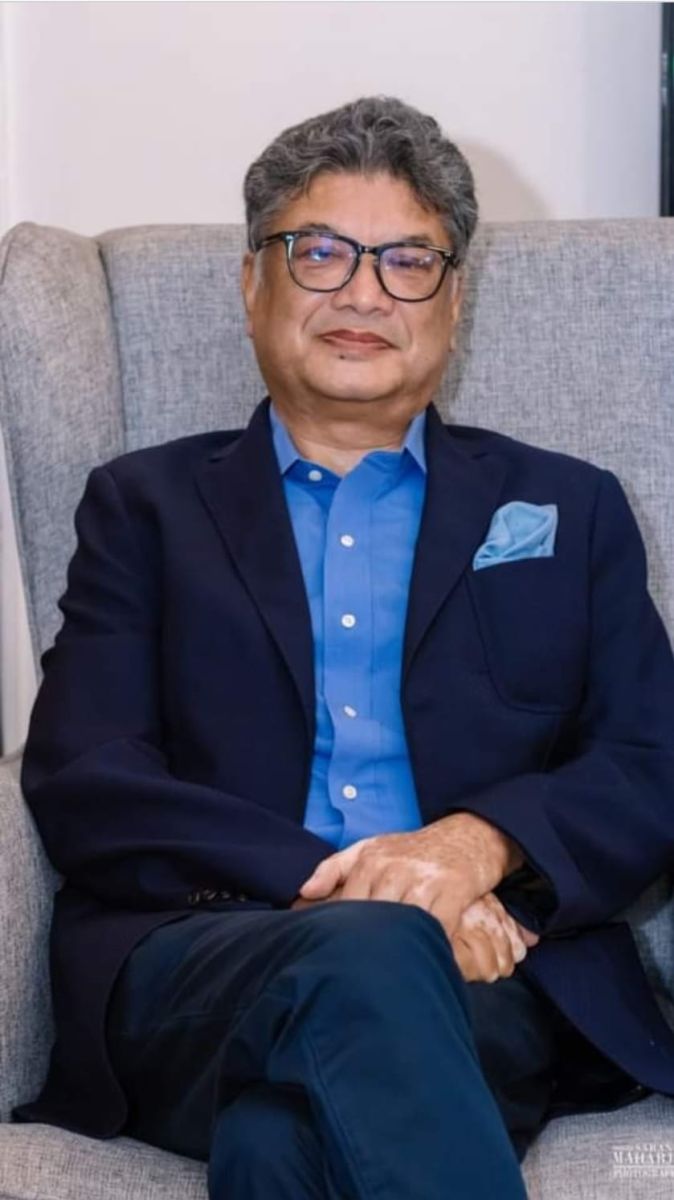
He has previously served as the president of PATA (Pacific Asia Travel Association) Nepal Chapter, contributing his expertise in tourism to support the government.
He is an alumnus of St. Xavier’s, class of 1979. While many of his classmates chose to go abroad—some became doctors, others engineers or entrepreneurs—he never dreamed of leaving the country. His only dream was to become a pilot. And he did. He flew.
But a time came when he set aside his pilot dreams and turned his focus to hotels and tourism.
Now over 63 years old, many of his peers have slowed down, but he remains active. For him, age is just a number—and he’s far from done making plans.
Improving the standards of their hotels and adding a new restaurant are his immediate plans. He also hopes to expand by opening hotels in Dhangadhi and Janakpur—these are his future goals.
Every successful flight is a victory of discipline, preparation, and decision-making. This rule applies not only to pilots but to every profession. Though he changed careers, his discipline, preparation, and decision-making remain the same.
Just as he excelled in flying planes, he is equally successful in the hotel business.
.jpeg) (Photo: In memory of Shakya’s wife Babita, who passed away during the 2015 earthquake, captured at a family gathering.)
(Photo: In memory of Shakya’s wife Babita, who passed away during the 2015 earthquake, captured at a family gathering.)
.jpeg) Having coffee with Dr. Sanjiv Tuladhar and Captain Gyan Rai in Jomsom.
Having coffee with Dr. Sanjiv Tuladhar and Captain Gyan Rai in Jomsom.
.jpeg)


 (Photo: Sunil Shakya presiding over the 9th General Assembly of the Nepal-America Chamber of Commerce 20 years ago.)
(Photo: Sunil Shakya presiding over the 9th General Assembly of the Nepal-America Chamber of Commerce 20 years ago.)
.jpeg)
 (Photo: Pilot Shakya welcoming Belgium’s Crown Prince and Crown Prince Dipendra Shah at Club Himalaya.)
(Photo: Pilot Shakya welcoming Belgium’s Crown Prince and Crown Prince Dipendra Shah at Club Himalaya.)
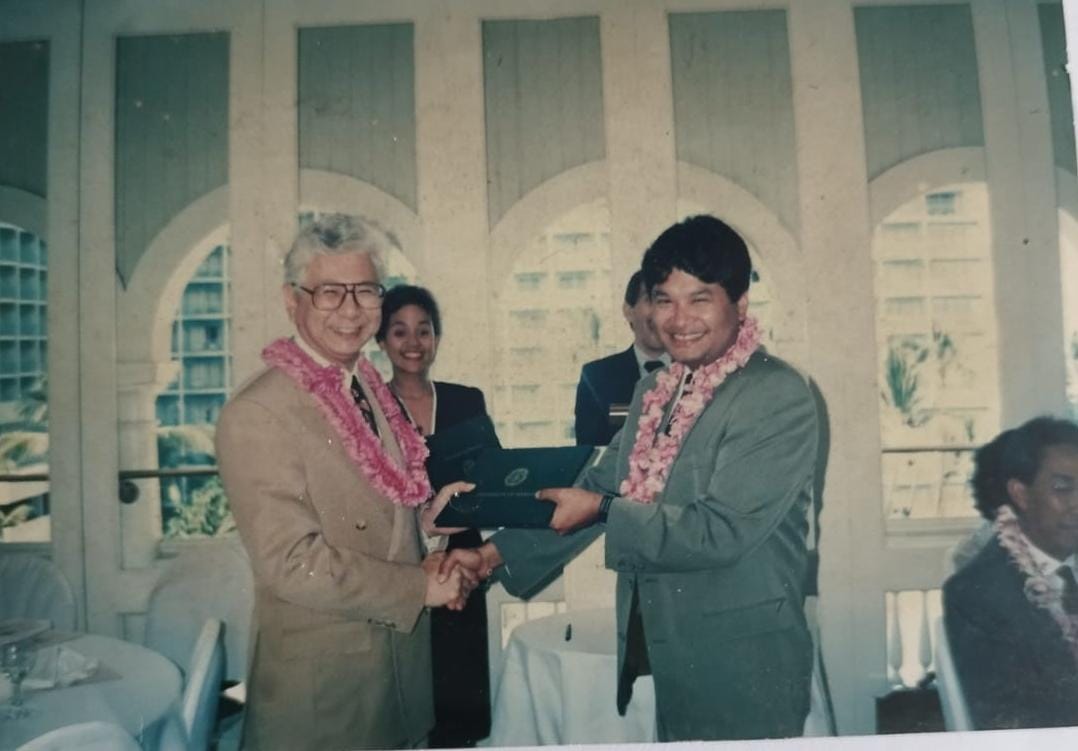 Graduation ceremony of EDIT programme in University of Hawaii.
Graduation ceremony of EDIT programme in University of Hawaii.
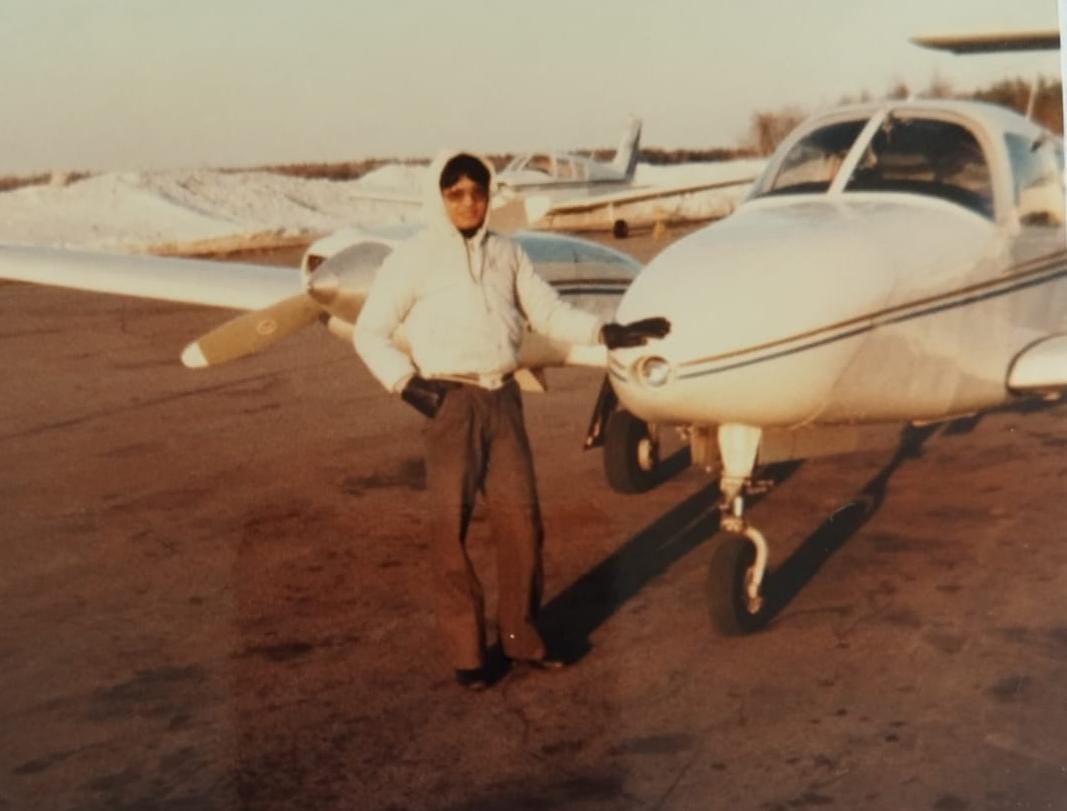 Multi-engine n IFR rating training in Moncton Flying School in Moncton NB Canada.
Multi-engine n IFR rating training in Moncton Flying School in Moncton NB Canada.
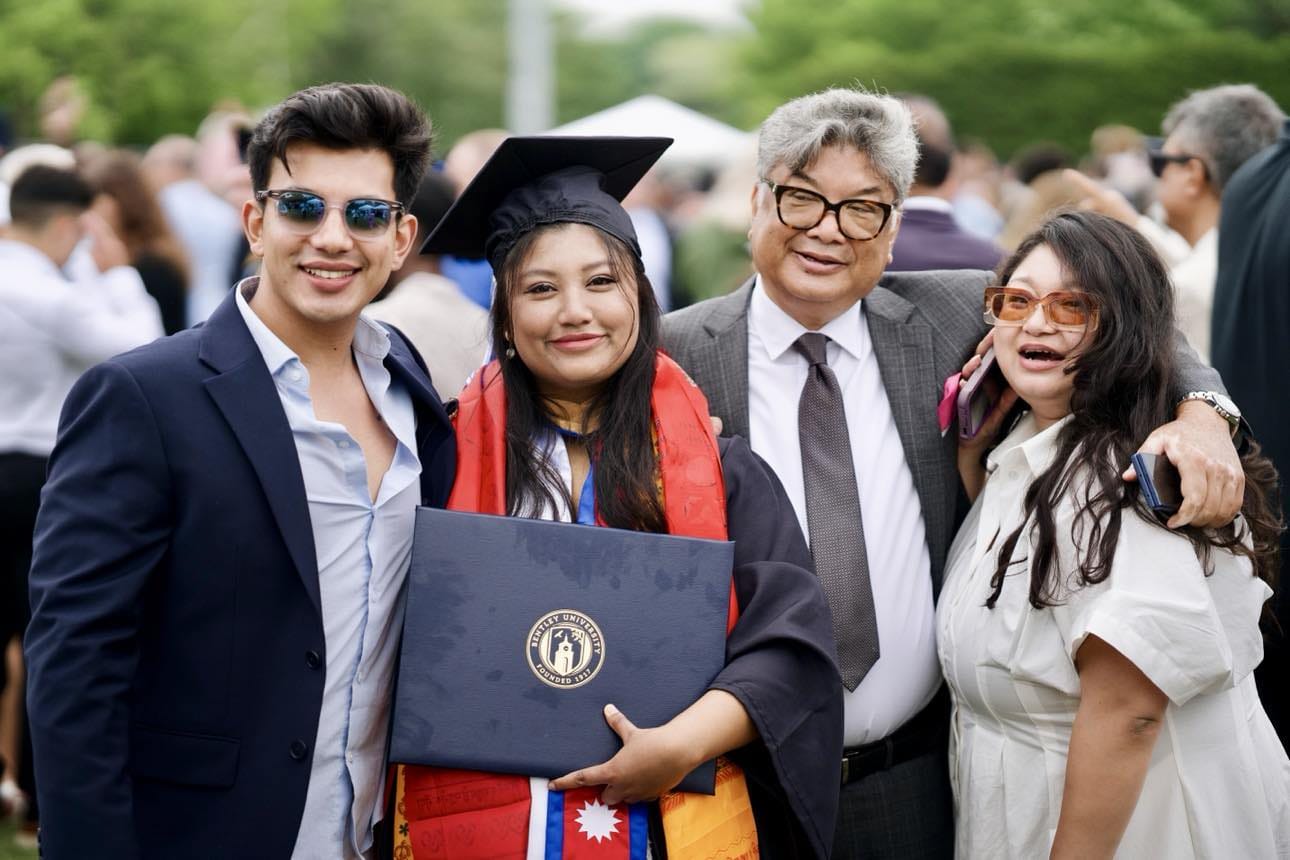
.jpeg)
.jpeg)

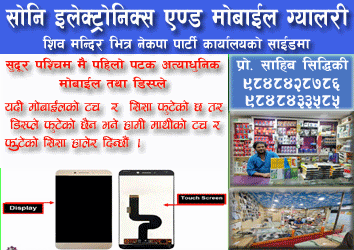
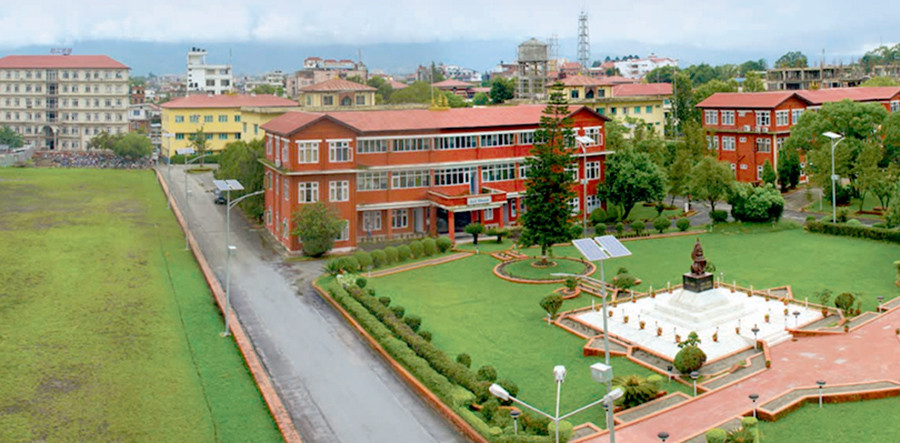
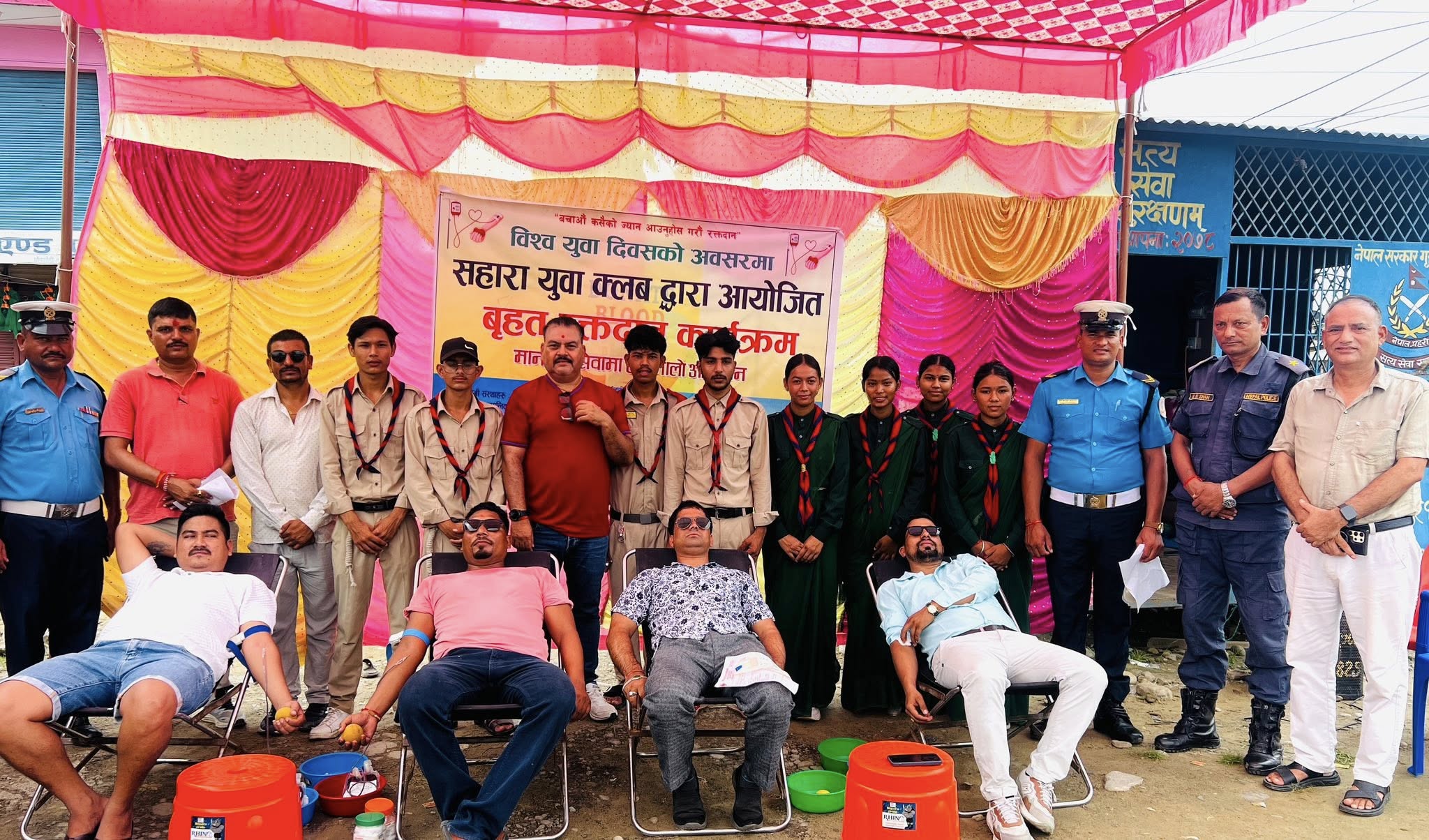
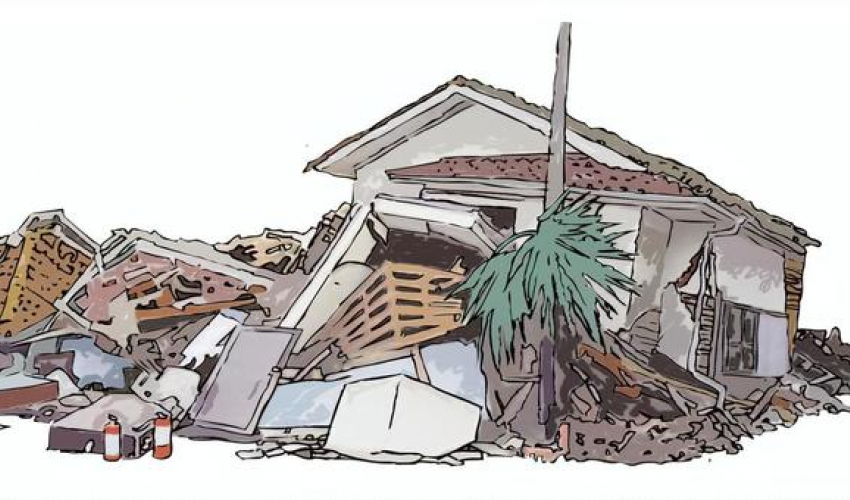
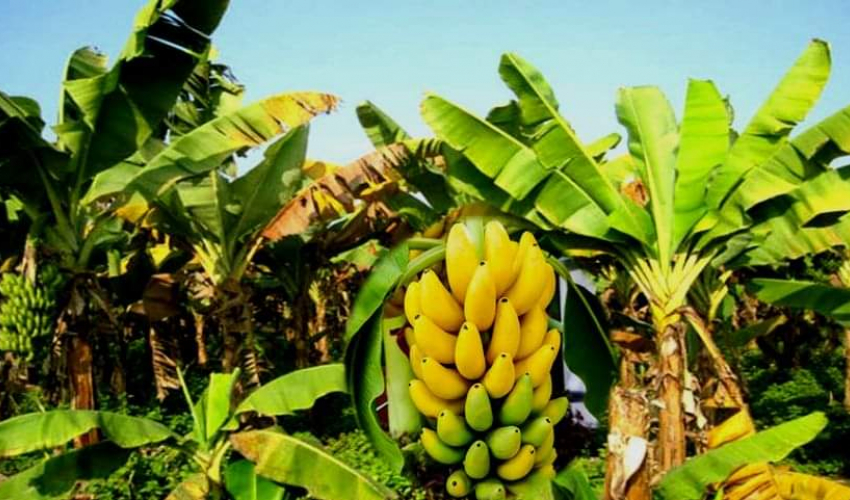
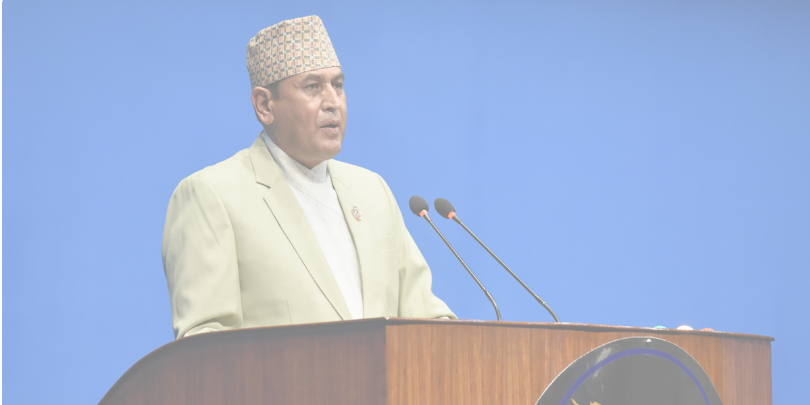
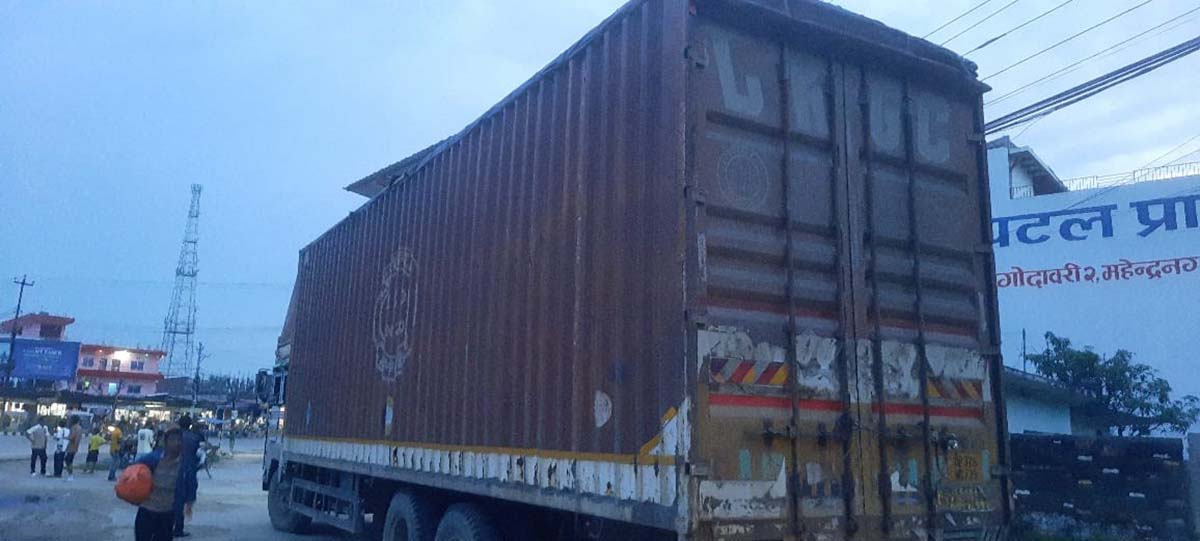
तपाईको प्रतिक्रिया